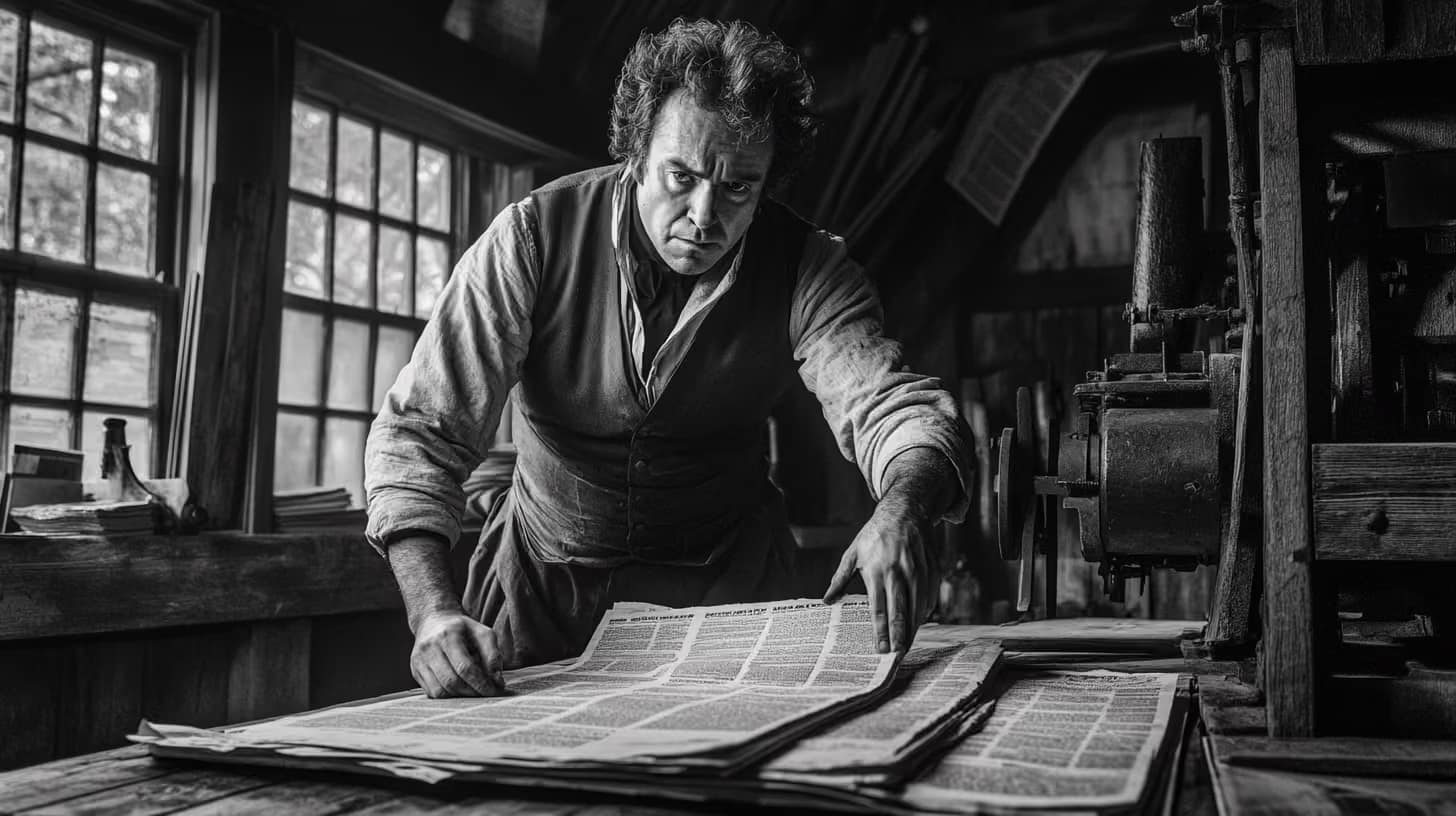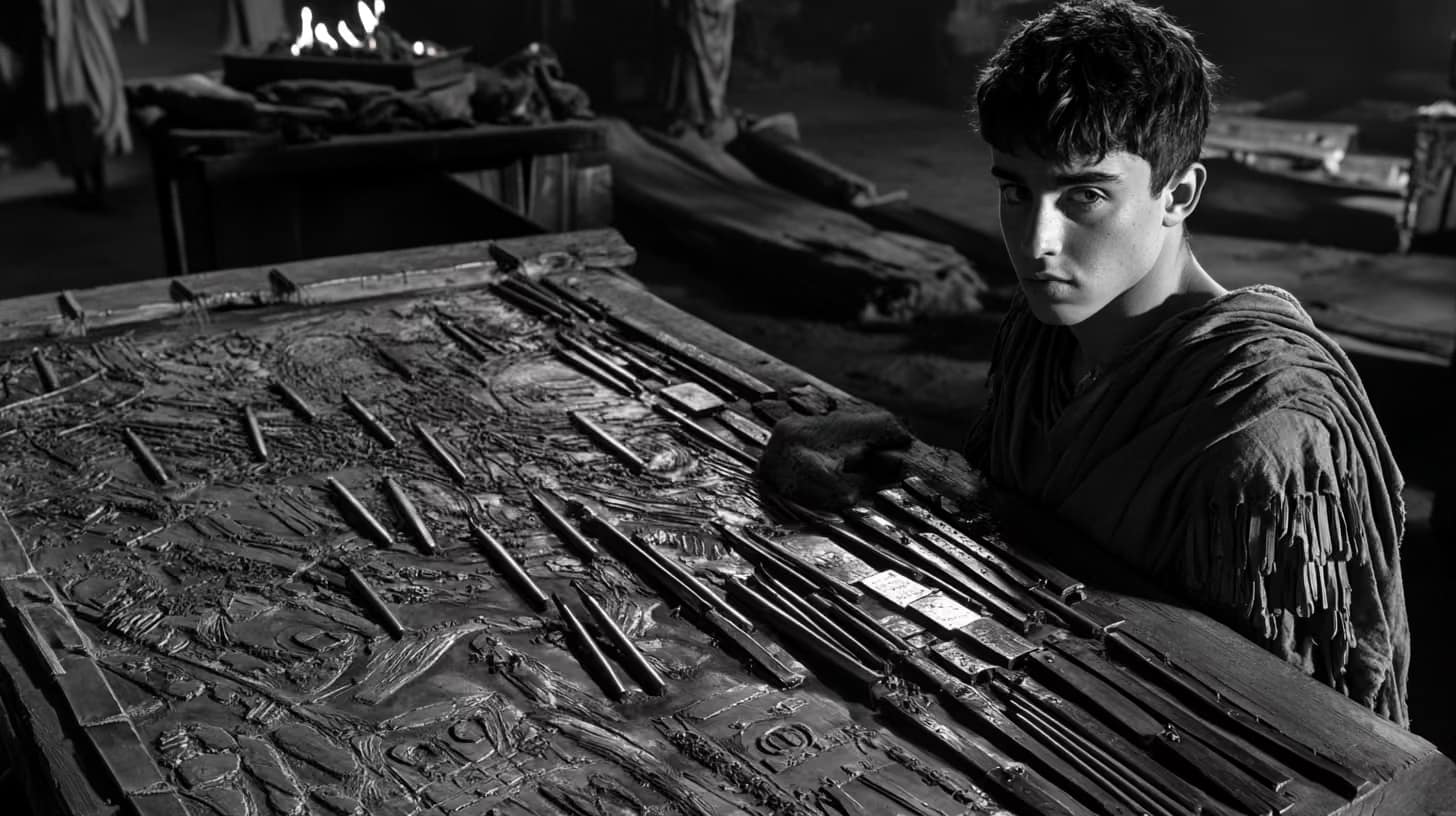
A Kickstarter campaign is not for every project, so before we delve in to the nitty- gritty, here’s a quick recipe of the things you’ll need to get started. Before agreeing to help Fidalgo Films with the project, we made sure each of these ducks were in the same row:
The Recipe for Successful Kickstarter Campaign
- The Product: What makes this project more worthy of investment than others? In the case of Fidalgo Films, the subject matter of dealing with Alzheimer’s added a cause to their efforts. This is a film a particular niche of people would want to see.
- The Prizes: We discussed appropriate prizes in great detail. The recent example of the Veronica Mars Kickstarter campaign reminded us to make each tier of the prize hierarchy easy to fill. Digital rewards are the easiest to duplicate, naturally. The prizes that were a little harder to duplicate (e.g., signed copies of the book) were shunted up to higher levels, while digital rewards were made available to lower levels of donation. Mark Lundsten was able to snag a few exclusive prizes, such as a month’s free subscription to Indieflix, for mid-level donations.
- The Roadmap: No use jumping into a Kickstarter campaign all willy nilly. Failure to plan is planning to fail (Attribution: Oprah, probably?). A strategic attitude is absolutely necessary. In our case, we blocked everything out in an editorial calendar. Gotta love those things.
- The Resources: We took stock of what resources we had at the beginning, what kind of support we could expect from those, and what was needed to fill the gap. Resources include friends (who shouldn’t be put upon too much, but are indispensable), influencers, existing fans on social media, mailing lists, sponsorships, not to mention Mark’s team over at Fidalgo Films (I’m looking at you, John), and our team here at SBT.

Planning Through the Slump
As with many Kickstarter campaigns that ultimately failed, we got off to a great start. Mark called in favors, Courtney blogged with mucho gusto, John cut the kickoff video together, and I tweeted(actually, I was active on Facebook and Google + as well, but there’s not really a proper verb for using all three that I find satisfying to type. How about: ) trifecta-fied. My favorite tweet friendly call to action for this was several variations of “Donate a RT!”, because it never hurts to ask.
In memory serves, we hit $4,000 over the first weekend.
Then, as with many Kickstarter campaigns, we hit a slump. Donations stalled out at around $6000. Tantalizingly close, but close won’t even earn you a cigar in crowd funding land. We had plenty of time left on the clock- but resisted the false sense of security that comes with time. We expected a slump, planned for it, so we knew it was time to kick our campaign into overdrive. We didn’t even have to deviate from the editorial calendar, we just had to execute it on schedule.
Why so many updates?
Courtney’s religious blogging efforts yielded some good results, but keeping content on the Kickstarter page fresh would prove to be equal in importance, if not a wee bit more important in the end. As planned, Mark updated The Bath Kickstarter page with heartfelt thank yous, stills from the film, behind the scenes shots, bios for the cast and crew, and ultimately the trailer.
These updates did two things, they:
1) helped keep the interest of those spectators who hadn’t donated yet.
2) reminded those that donated, why they gave, and why they should forward it to their network.
This was also the phase where sealing the deal with influencers became crucial. We had already made our activities known in the Dementia and Alzheimer’s awareness communities, but now was the time to call them to action. And boy did they mobilize.
One individual donated $1,000 right away, and encouraged their followers to check it out. Fresh emails were sent, not to solicit donations, but to solicit some word of mouth outreach- because, again, it never hurts to ask.
The Moral to the Story
The Kickstarter campaign made Fidalgo Films $10,868.
It’s tempting to say that the moral of this story is “it never hurts to ask”, but it would have hurt if we had spent all that time and energy into the campaign only to have it fail. Instead, I’m thinking the moral is something like “work hard, plan harder”. In other words, you can not half-ass a Kickstarter campaign. Or maybe the moral is something about teamwork overcoming all odds.
I don’t know. Why do stories need morals?
Okay, I’ve got one: “Before you start your Kickstarter campaign, call us.” I’m not kidding. I can’t guarantee a successful campaign, but I can help plan one and increase your odds for success. Or I can tell you it’s a bad idea to begin with and save you a month of headaches (and public embarrassment).







